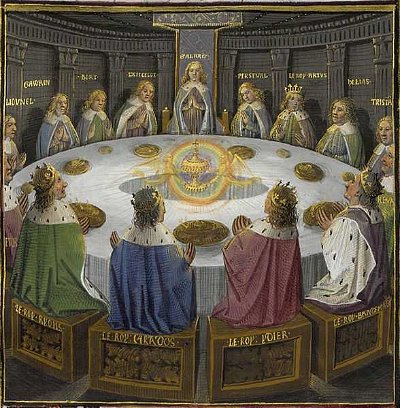14. What happened to the last Grand Master of the Order, Jacques de Molay?
From Quiz The Knights Templar
Answer:
Burnt at the stake
At his trial Jacques de Molay confessed under torture to perjury, idolatry, witchcraft and just about anything else the Inquisition wanted him to confess to. Even then King Philip was not sure enough of his ground to have him executed immediately. After about a year the Pope re-asserted his authority, and Philip agreed to return the Templar holdings to the Church, but levied a fee for "estate management" during the time the monarchy had held them, ensuring that the Templar's wealth remained under his control.
By this time public opinion had swung against the Templars, who had virtually ceased to exist as an Order, so the holdings were given to the Hospitallers, but the fee almost bankrupted them.
In 1314, seven years after his arrest, Jacques de Molay was burnt at the stake along with several of his former Preceptors. At his execution he recanted his confessions, and cursed both the King and the Pope, saying that they would follow him in death within the year - a prophecy which came true.
 In 1884 French literary historian, Léon Gautier, created a written Ten Commandments for a medieval chivalric knight based on extensive research. See if you can figure out all ten chivalric mandates. Good luck!
In 1884 French literary historian, Léon Gautier, created a written Ten Commandments for a medieval chivalric knight based on extensive research. See if you can figure out all ten chivalric mandates. Good luck! 







 = Top 5% Rated Quiz,
= Top 5% Rated Quiz,